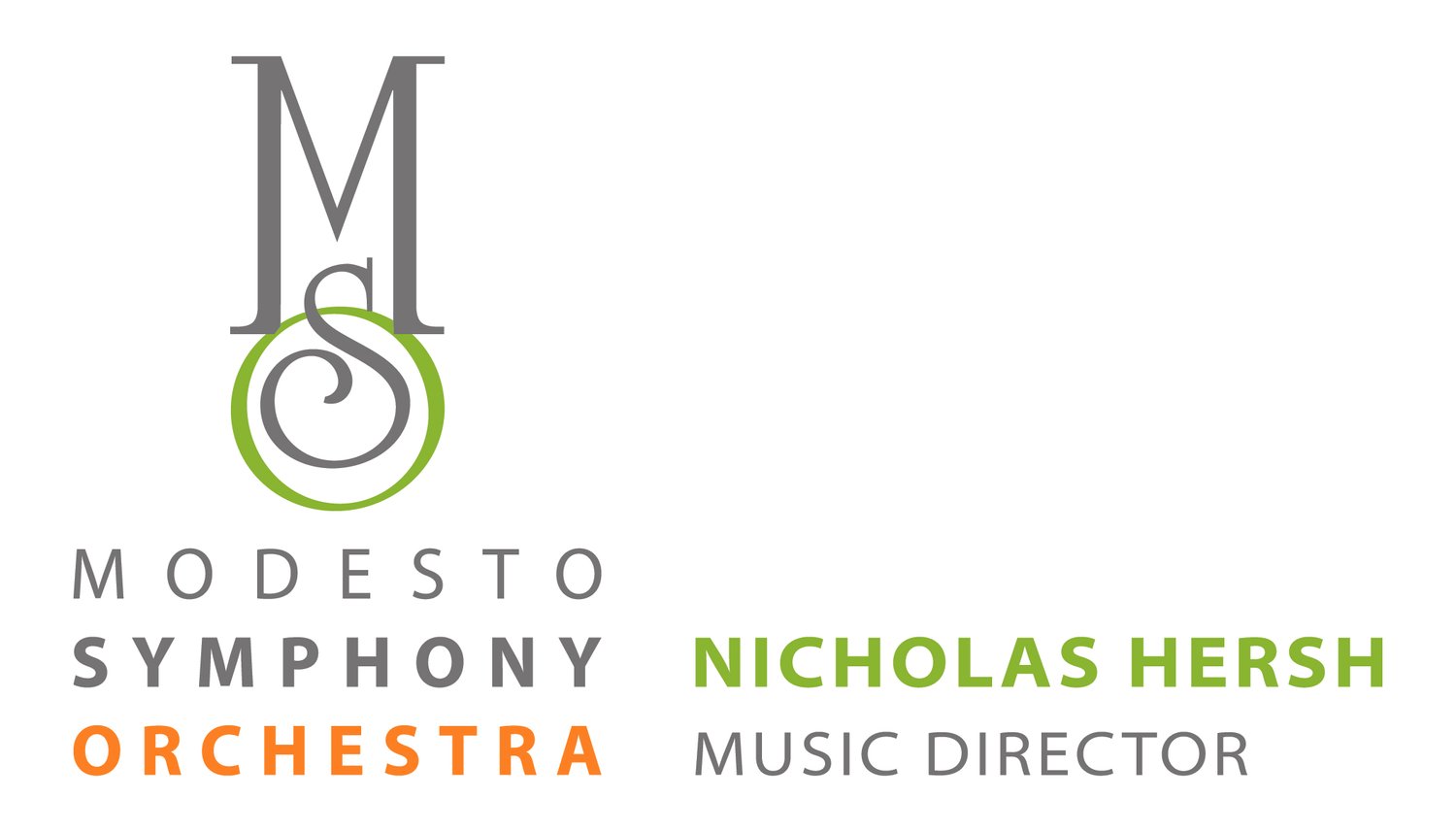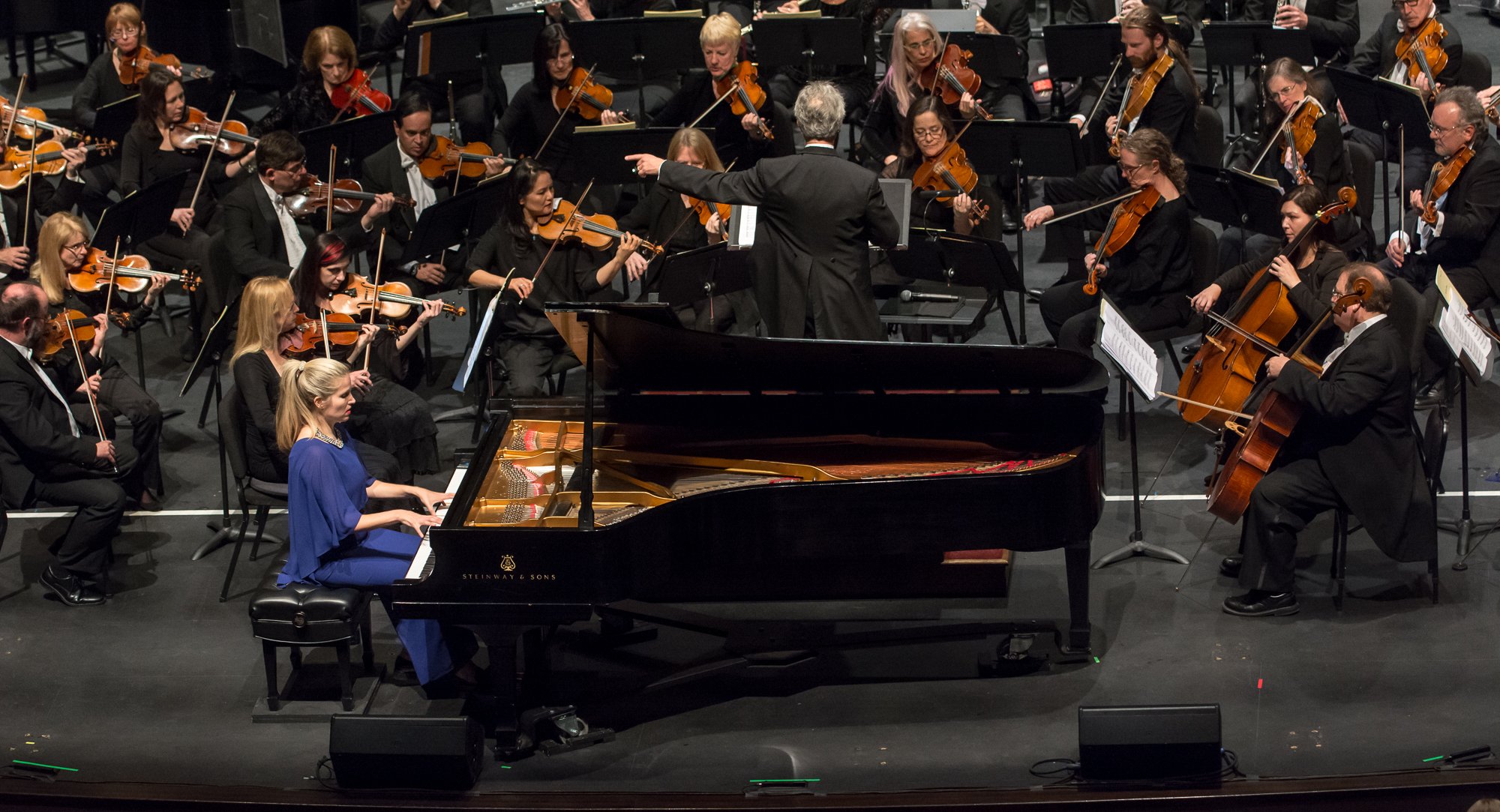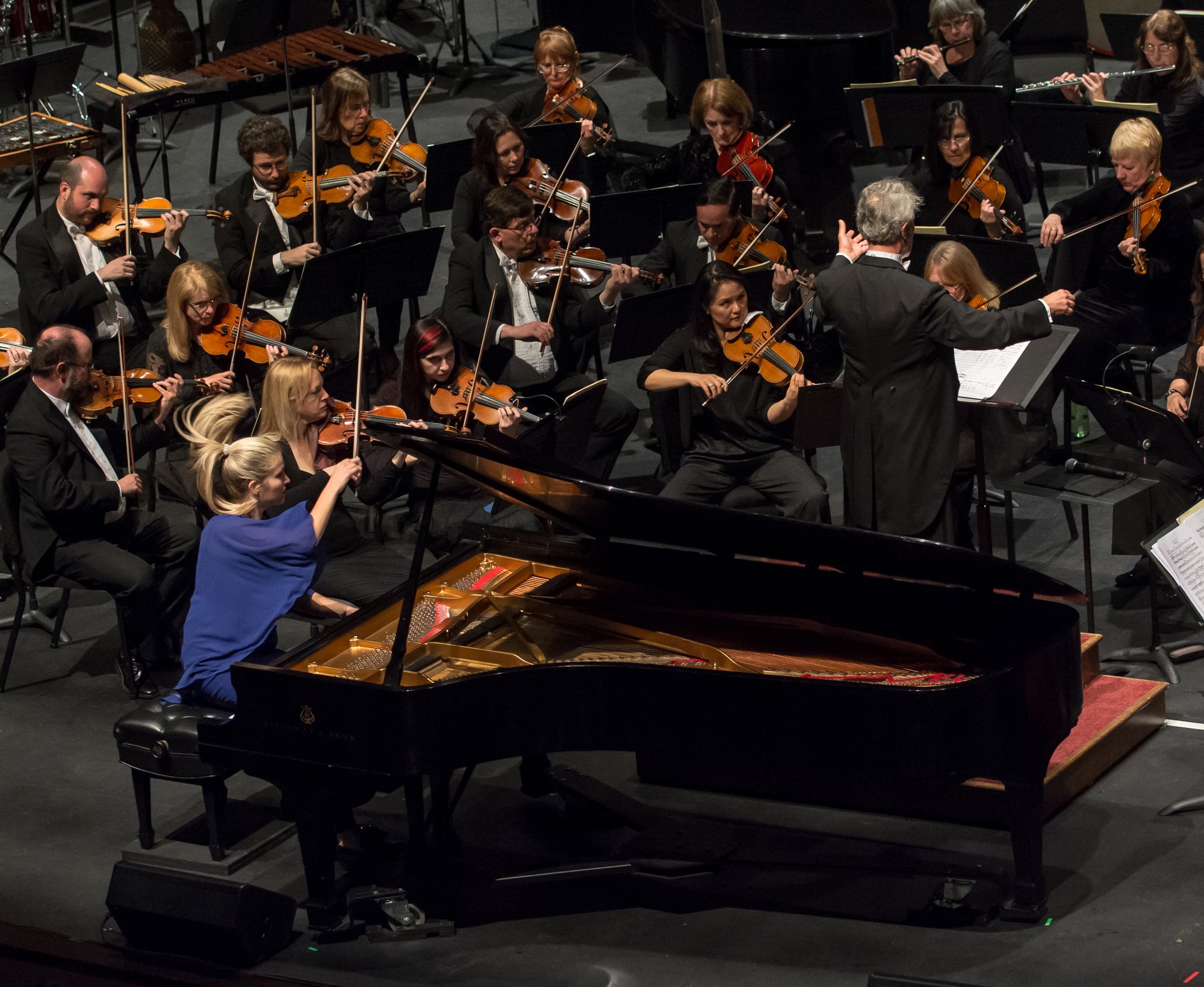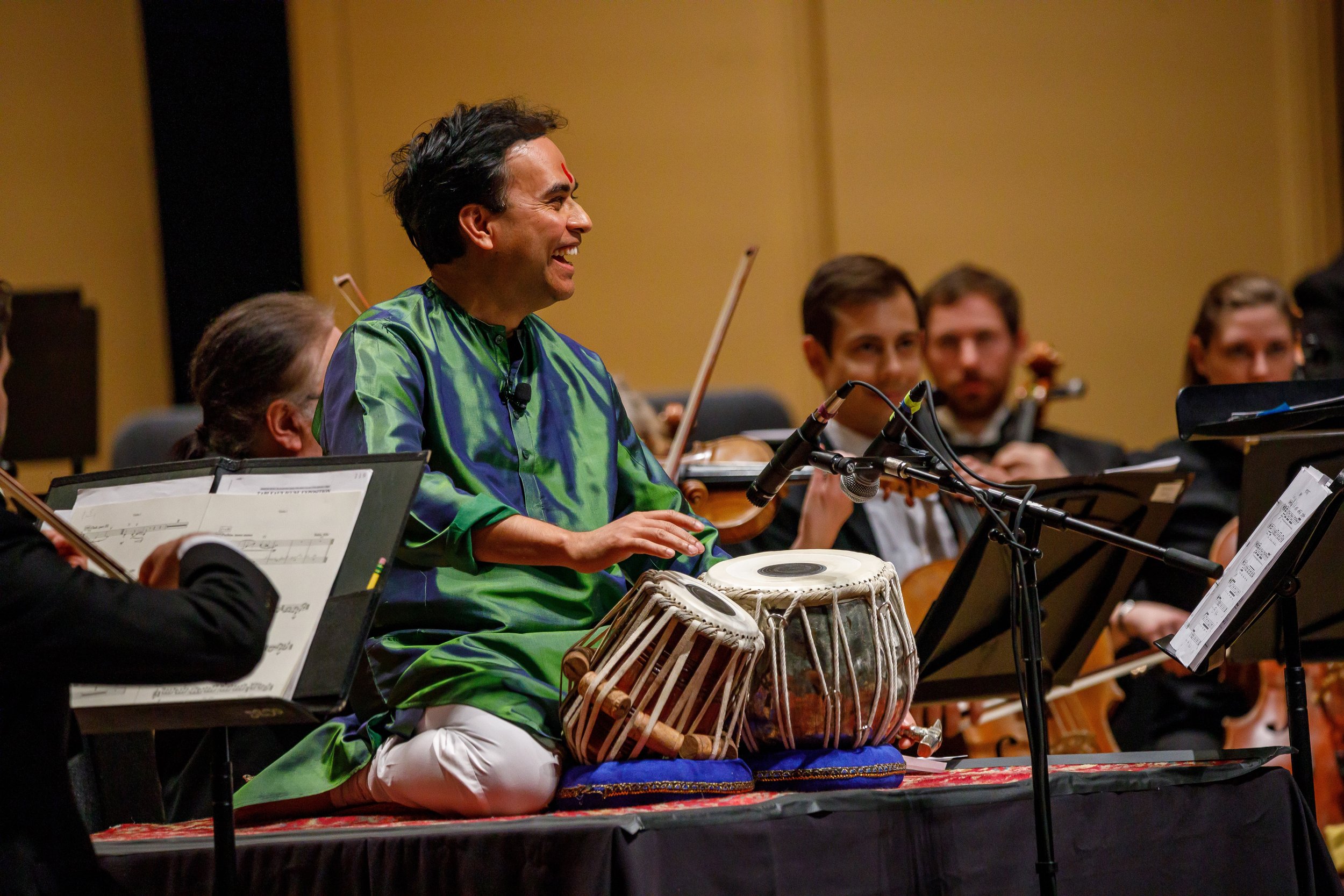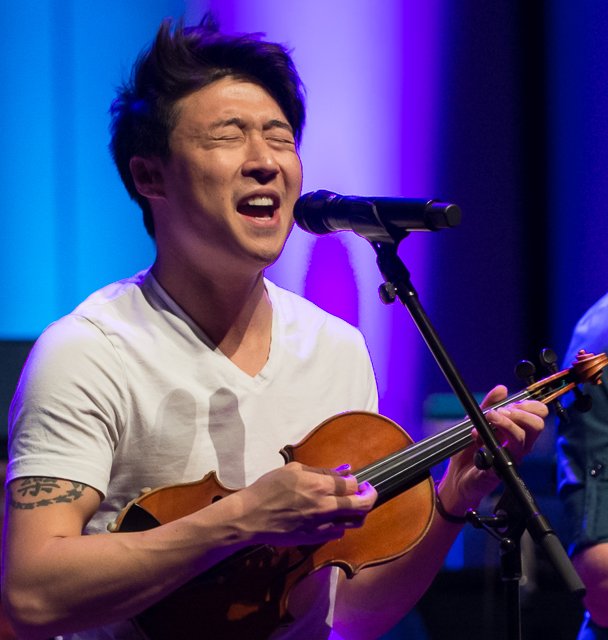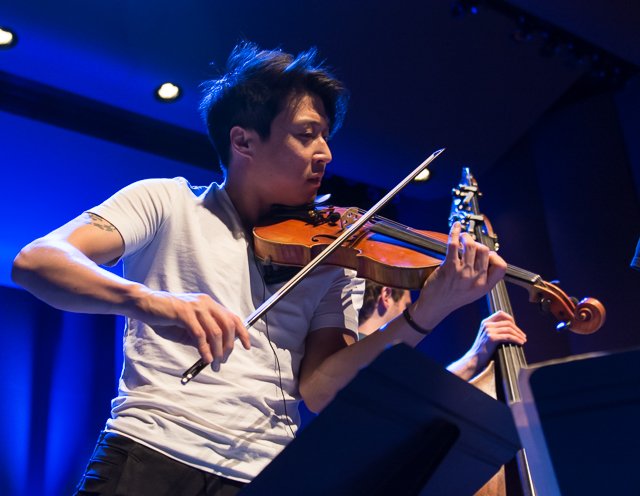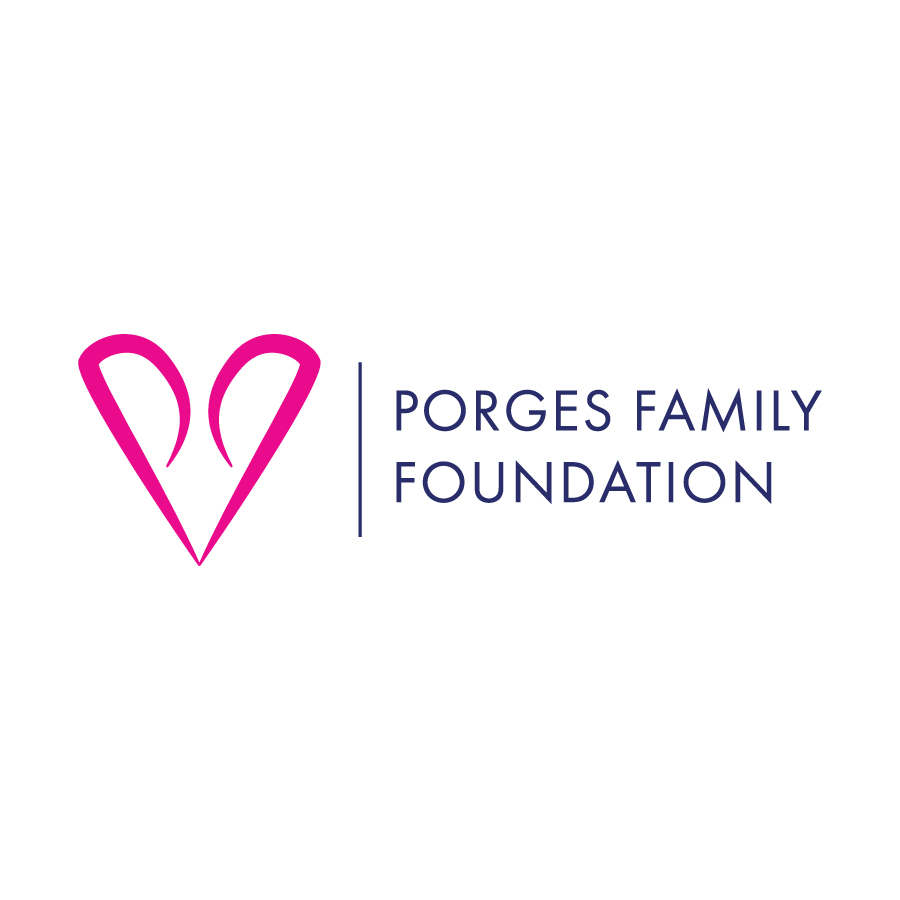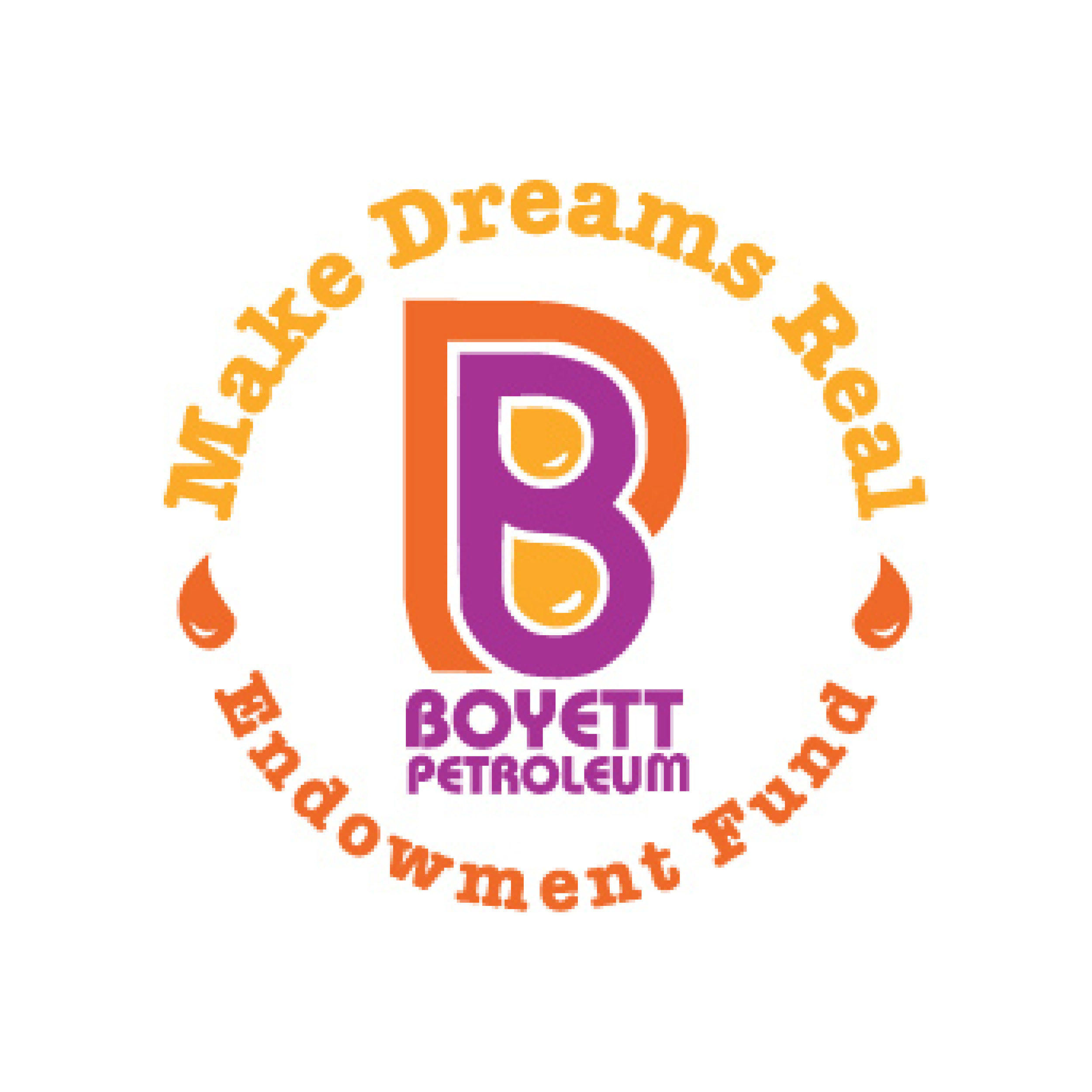Oct. 21 & 22: Rhapsody in Blue
Q&A with Gabriela Martinez
Upcoming this October 21 & 22, internationally recognized pianist, Gabriela Martinez returns to Modesto to perform Gershwin’s Rhapsody in Blue alongside your Modesto Symphony Orchestra. Excited to have her back on the Gallo Center stage with us, we were able to catch up with what she has been up to since last performing with the MSO in 2018.
MSO: We’re so excited to have you back in Modesto performing Gershwin’s Rhapsody in Blue! Are there any specific emotions you feel while performing Rhapsody in Blue? What sort of imagery comes to mind?
Gabriela Martinez: Rhapsody in Blue is one of my favorite concertos to perform. It’s a truly magical piece where we see a world of “classical” music infused with unique jazz flavors. It is really an exciting piece to play as we get to experience a world of incredible contrasts – musical, texture, style, and color. We live through a wide range of emotions. There are amazing rhythmic solos, as well as lush inspired melodic orchestral sections.
MSO: Last time you visited us was in April 2018, performing Manuel de Falla’s Nights in the Gardens of Spain. What are you most excited about performing with the Modesto Symphony again?
GM: I am so looking forward to being back in Modesto! I loved my time in Modesto and really enjoyed playing with such an amazing orchestra! I am excited to play with them again and to meet with Maestro Dragon – his reputation precedes him. He is wonderful, and I am thrilled to work with him!
One unforgettable story about my last visit to Modesto -- while playing the last lyrical solo piano passage of the Falla… THE LIGHTS WENT OUT AT THE GALLO CENTER!!! The whole concert hall was pitch black. (The power went out in the whole block, and the generator kicked in what must have been seconds, but felt like minutes on stage…) I have been performing concertos since I was 5 years old, and that was a first for me. Instinctively, I just kept going… and it’s a moment I will cherish forever! The comradery in those moments between audience, conductor, orchestra while navigating uncharted territory together before the power returned is something I will never forget.
MSO: Will you have any leisure time while in Northern California? Do you have any fun plans while being here?
GM: California is one of my favorite places on the planet. There’s never enough time to explore! It’s been a few years since I was in Modesto though. Would love to hear any recommendations of places to see, places to eat, have coffee… find me on Instagram @gabrielapiano
MSO: Any upcoming performances/projects are you looking forward to?
GM: I am really excited about my project, a recital program called RESONANCES which I am performing this season. RESONANCES is a journey that invites us to explore the echoes within us; to explore the search and inspiration that happens beneath the surface. It explores music from Brazil, Venezuela as well as new pieces by Caroline Shaw, Sarah Kirkland Snider, Viet Cuong and Missy Mazzoli.
Meet Gabriela in Modesto!
Come watch Gabriela perform Gershwin’s Rhapsody in Blue this October 21 & 22 at the Gallo Center for the Arts!
